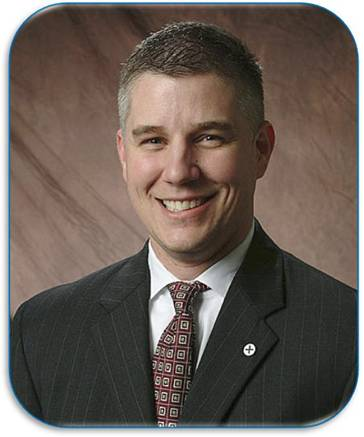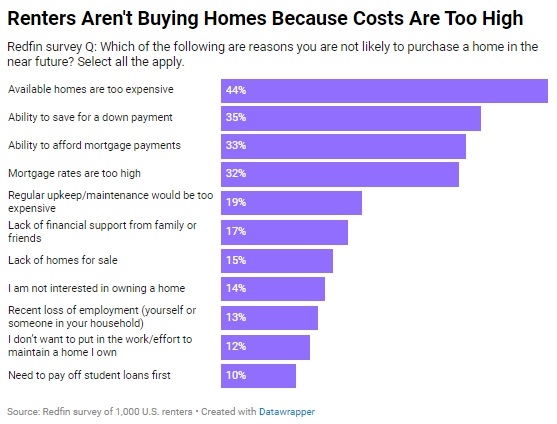Seven Steps to Achieving Great Results From Your Presentations

The shift from a refi market to purchase market has loan originators out in the marketplace more than ever. As a result, they are making more presentations … or at least they should be! When it comes to getting the most out of this opportunity, there are seven important tips LOs will want to keep in mind when presenting to groups of real estate agents.
1. Know your audience
Do this by taking the time to research. Google those who will be attending and check out their personal Web pages, Facebook and LinkedIn profiles. Gather information that will help you better relate to your audience on a personal level, as well as a professional one as well. This research will also help you present pertinent information that matters more to those in attendance. Don’t leave anything to chance by only relying on your memory. Create a spreadsheet to help track the information gleaned from your research Some pieces to track are if they have kids, their hometown, alma mater, hobbies, interests, pets, etc.
2. Know the value of the meeting
During your research, you’ll find out the amount of business each person in the audience has generated in the past. Once you see the incredible business potential in one room alone you will be less likely to “wing it” and more likely to have a plan in place.
3. Look the part
We all know that confidence sells and your appearance can have a lot to do with this. Even more so, how you feel about your appearance matters even more! Be sure that you overdress for the occasion. Wear your best suit and polish your shoes. If needed, get your hair done before the presentation. Don’t let the way you look take away from how you come across while in front of the group. Use this as an opportunity to impress them.

4. Open the presentation effectively
Most people approach this very important piece in a way that could actually be their “kiss of death.” Don’t make the mistake of using your opening only as an opportunity to share your resume. Instead, your goal should be to quickly share a few personal pieces about yourself that will help people connect. This is even more effective when you leverage information from your research and reference what you have in common with the audience. Top off your opening by communicating why you are there. Again, the purpose is not to talk about yourself or give your resume. Your goal is to help them get more business, educate them and make them better at what they do. It also enables you to get their buy-in. This approach gives you the chance to differentiate yourself from the competition
5. Provide educational pieces that are short, informative and to the point
There is a fine balance between delving too far into the details and not far enough. Your goal is to give enough detail so they know you’re competent and are comfortable asking you questions. If you get too detailed, they might be reluctant to ask any questions due to fear of the presentation running longer. We also recommend you create a one-page handout to distribute at the beginning of your presentation for the audience to use as a reference. Incorporate a “fill in the blanks” style for the document. This reinforces the key pieces you want to drive home, while keeping everyone focused on what you are saying so they don’t miss anything.
6. Announce your follow up
This tip is by far the most important. The vast majority of LOs wrap up their presentations by simply thanking everyone for their time. There is so much opportunity being left on the table if you finish that way. Add one more piece to the equation that allows you to continue building off of the momentum created during the presentation. Close your presentation by announcing that you will be following up with them to schedule breakfast, lunch, or a 10-minute appointment and then take a moment to “unplug” the audience. This “unplugging” is an acknowledgment that they all most likely have relationships with an LO already. Let them know you respect this relationship, but would be honored to be an alternative or a back-up if their current LO is out of town or unavailable.
7. Actually follow up
Within 24 hours, you need to have contacted each individual from the audience in an effort to schedule an appointment. Establish a level of trust by setting the expectation at the end of the presentation that you will be following up, and then doing it. Whether you actually speak to them or reach their voicemail begin by referencing you are following up as promised. People choose to do business with others for three reasons … they know you, like you and trust you. During your presentation, the audience has a chance to get to know you. When you leverage the information learned during your research and mention things you have in common with the audience they are more likely to begin liking you. Trust begins to form during the presentation and is further reinforced when you deliver on your word and follow up. All three reasons are further reinforced when you have the opportunity to sit down with each individual as those appointments begin to take place.
By incorporating these seven tips into your presentations, you will make a more solid first impression that opens doors. Through your follow up activities, you’ll establish a reputation by proving you do what you say you’re going to do.

Jack Kauffman is a program manager at XINNIX, the Mortgage Academy, based in Alpharetta, Ga. Jack relies on his 15 years in mortgage and commercial finance experience to deliver training programs that elevate our client’s results through the training of new loan officers, developing the skills of seasoned loan officers and providing leadership strategies for managers. He can be reached by e-mail at [email protected].





